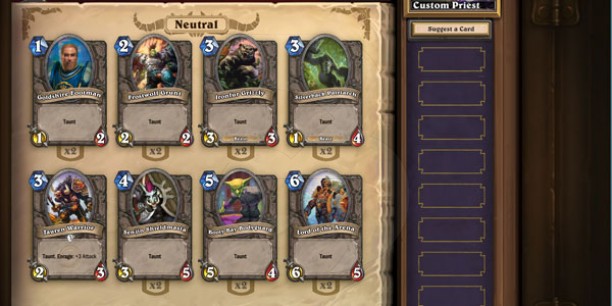

A couple weeks ago (before my brief hiatus due to sickness), my editor asked me to discuss whether the seemingly stale internet marketplace has room for new MOBAs. Her question came in the wake of Chaos Heroes Online’s sudden, somewhat unpredictable closing in February. And, true, a handful of games—some of them very good—have closed in the last couple months, but I still don’t think the market has stagnated, not yet. Here are three reasons why the MOBA market is as healthy as ever (and, in fact, is showing signs of growth).
As I noted in my Xbox One SMITE review in January and my mobile MOBA article a few weeks ago, the MOBA market is expanding. It is now a multi-platform genre, broadening well beyond the boundaries of PC. HiRez has done an incredible job optimizing SMITE for Xbox, and tablet games like The Witcher: Battle Arena and Vainglory have done excellent jobs streamlining the traditional arena game format, offering casual twenty minute versions of their hardcore hour-long counterparts.
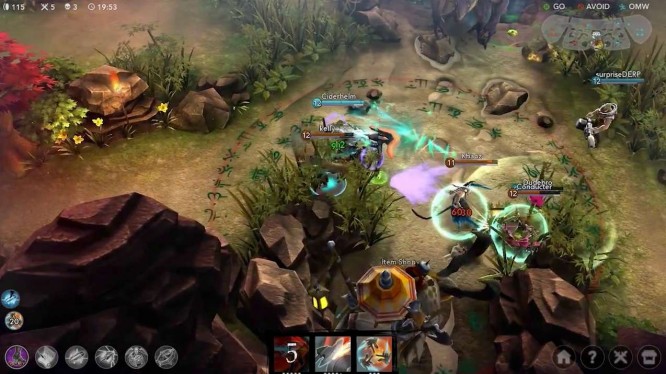
Vainglory does a great job revitalizing the MOBA gameplay experience and optimizing it for mobile devices–pushing the market in a unique direction.
And there is room for expansion, yet. At the moment, there are no major MOBAs on the Playstation Network (aside from Invokers Tournament). There are no Nintendo MOBAs, either—which seems odd, given the 3DS’ immense popularity and the walk away success of Super Smash Bros. Furthermore, there is still market space available for mobile MOBAs. Games like Vainglory, Fates Forever, Heroes of Order and Chaos, and The Witcher: Battle Arena all offer different visions of the genre. There is still a place for a hardcore mobile arena game.
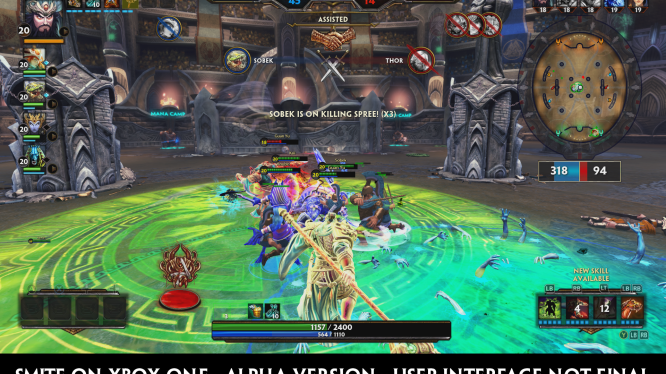
The Xbox version of SMITE (as seen in this alpha screen cap) does a great job adapting the user HUD to fit the Xbox One. The controls also feel good (not seen in this screen cap).
Currently, there are no cross-platform MOBAs. HiRez teased cross-platform compatibility in early development stages of SMITE for Xbox, but they were unable to follow through, and there are no plans of expansion for any of the other major MOBAs. DotA 2, Heroes of the Storm, and League of Legends show no interest in mobile or console ports of their games. The market is wide open. If games like Tom Clancy’s The Division and can utilize consoles and mobile devices seamlessly, it is only a matter of time before computer gamers and console gamers can square off on shared servers.
We live in a video game renaissance (a second or third renaissance, depending on how you count it). Independent developers have the power to craft unique, vibrant stories in ways never before thought possible, and these artistic triumphs bleed into major productions. But for a game (or any product, for that matter) to succeed in the current market climate, it must be built upon solid foundations.
Valve and its online market Steam have become an invaluable asset for developers. They support their clients—housing games, providing instant feedback, and giving players a toolkit to create, modify, and fix products. The online marketplace has become a petri dish of creativity. Independent games like Kerbal Space Program, Super Meat Boy, Fez, and Five Nights at Freddy’s top the PC charts due, in part, to Steam’s undying support, and user modifications for games like Skyrim and DotA 2 inspire game makers and encourage them to push their intellectual properties in new directions.
EA, by contrast, supports only their most popular properties. They are, first and foremost, a business—a business that is very good at making money. As I wrote in an article last year, one of the biggest factors behind Dawngate’s closing was EA’s lack of support. The publisher was unable to fully commit to the game because they were, at the time, unsure whether the product could captivate a mainstream audience. Due to this, EA offered limited financial backing and advertising, and when the game failed to generate its projected revenue, the company pulled the plug.
(This is, of course, an over-simplification of Dawngate’s closing. My inside sources admit Waystone Games‘ mismanagement was also a major factor in the game’s untimely demise.)
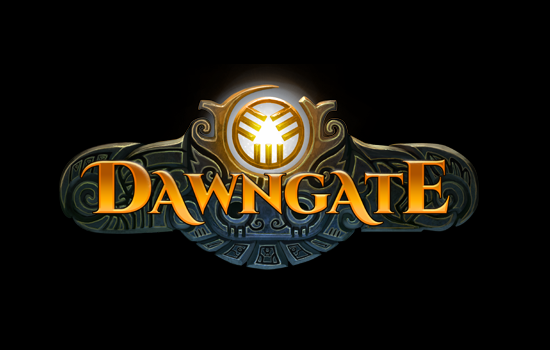
Dawngate, sadly, failed to build a strong professional foundation with publisher EA–despite unique gameplay and fascinating lore.
Frankly, I don’t blame EA for killing Dawngate. Properties like Battlefield, Madden, FIFA, Need for Speed, and The Sims make hundreds of millions of dollars per year, and EA’s subsidiary BioWare continues to produce bestselling, award-winning content. Baldur’s Gate, Baldur’s Gate II, Star Wars: Knights of the Old Republic, and the Mass Effect franchise have all received numerous awards. Star Wars: The Old Republic, BioWare’s first MMORPG, continues to thrive, hosting thousands of players daily, and their latest product, Dragon Age: Inquisition has won numerous Game of the Year Awards—from the first annual Game Awards in Las Vegas to PC Gamer’s Game of the Year Awards 2014. These products are brands, household names; and consumers buy products from face value and name recognition.
But there is a silver lining. AAA developer/publishers like Blizzard are using big IPs and name brand recognition to deliver MOBAs to a wider audience. Last year, Blizzard unveiled Heroes of the Storm, a casual MOBA forged from their existing Warcraft and Starcraft properties. In a game that evokes its Warcraft III roots, Heroes of the Storm features characters, layouts, and locations that feel simultaneously fresh and nostalgic.
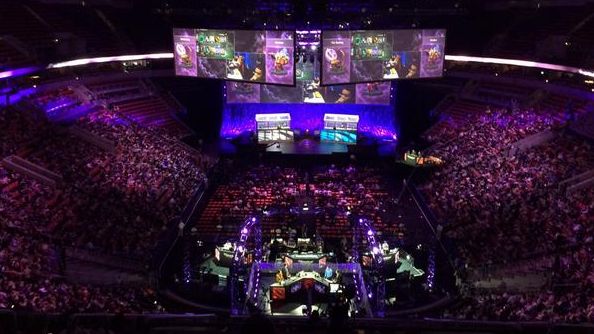
The DotA 2 International last year boasted a prize pool of over $10.9 million, proof the MOBA market has grown in the past four years.
As a result, the MOBA market has grown exponentially. This sudden burst of exposure, coupled with popularity on video streaming sites like YouTube, Twitch, and Azubu, has caused the genre to explode. The SMITE World Championship saw a prize pool of over $2.6 million—most of which was generated by in-game purchases. The League of Legends World Championships saw 288 million unique daily viewers, more than the MLB World Series or the NBA Finals; and the 2014 DotA 2 prize pool, the biggest pool in eSports history, was over $10.9 million, with over $9.3 million raised by the community.
In short, MOBAs have exploded, and publishers are no longer afraid of them. Expect more in the immediate future.
Products survive when a sizable population of consumers demand them. Mars recently brought back Crunchy M&Ms because customers wanted to eat them again. Coca-Cola recently revived Surge because consumers wanted to drink it again. A couple years ago, Nickelodeon added 90s cartoons to the nightly schedule because viewers wanted to watch them again. Every product, from food to television to video games, is subject to supply and demand.
People want MOBAs. League of Legends, at the moment, is the most popular computer video game in the world, attracting (as reported by Forbes in January) over 27 million unique daily users. As Jonathan Doyle wrote on February 16, DotA 2 recently peaked at 1 million concurrent players. And as people continue to flock to the genre, game developers will continue to crank out new games.
However, there is a downside. The MOBA genre does have a half-life. When games fail to attract new players and offer fresh content, they stagnate. Over time, they decay, wither, and die. When Chaos Heroes Online closed, I wasn’t surprised. Since it offered little new in terms of gameplay (aside from its Warcraft III mod lineage), the game failed to attract players. As a result, it stagnated—quickly. New MOBAs, if they want to succeed, must attract players and offer unique content. The biggest initial draw to SMITE is its third-person over-the-shoulder point-of-view. Players switch to SMITE (or start playing SMITE) because it is different and, frankly, more approachable than other MOBA games. SMITE nurtures its community with a diverse selection of maps, game modes, video streams, community videos, an official magazine, seasonal meta changes, and an ever-expanding pool of playable gods. The game furthermore spurs its growth by porting to consoles. As a result, Hi Rez extends the life of its game by giving users reasons to play.

DJ Sona, the “Mona Lisa of Microtransactions,” is a huge pull for new and return players.
And SMITE isn’t the only popular MOBA to adopt this marketing strategy. Both industry leaders mastered this particular business model log before SMITE existed. This February, Riot released the DJ Sona skin, a skin Paul Tassi at Forbes calls “the Mona Lisa of microtransactions.” The most expensive skin in League of Legends history, it is also a huge draw for veteran players. In his article last month, Tassi wrote:
So often we see F2P mobile games monetize by simply inserting obstacles meant to temper player happiness. In Candy Crush you have to buy more lives to keep playing. In Clash of Clans you have to pay to skip build timers. In Farmville you have to buy high-end items or else save for them for years.
But Riot? Their philosophy is “make something so outrageously cool, your fans can’t wait to throw money at you.” I haven’t played a full game of League of Legends in probably a few months, but after seeing this, I immediately logged in to see if it was for sale in the store yet. It’s just that incredible.
This month, Riot is releasing Bard, The Wandering Caretaker—a support that gains power not by killing minions or enemy players, but by collecting chimes scattered throughout the Rift. As a result, Riot challenges the existing game meta by deviating creatively from the standard support archetype. The result: a character that keeps the game fresh and gives players a reason to keep playing.
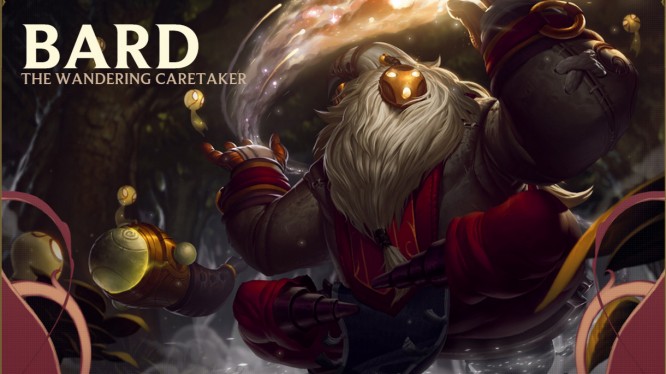
Bard will be a huge draw for Riot in the coming months.
Is there a place for new MOBAs? Yes, overwhelmingly, yes. I believe the market has plenty of room for growth—but new games, like old ones, must adhere to three basic marketing tenets: they must expand the market; maintain a strong, professional foundation; and grow (and nurture) a healthy user community. I am excited to watch the genre grow; I can’t wait to see what creative directions the genre branches to in the coming years.
